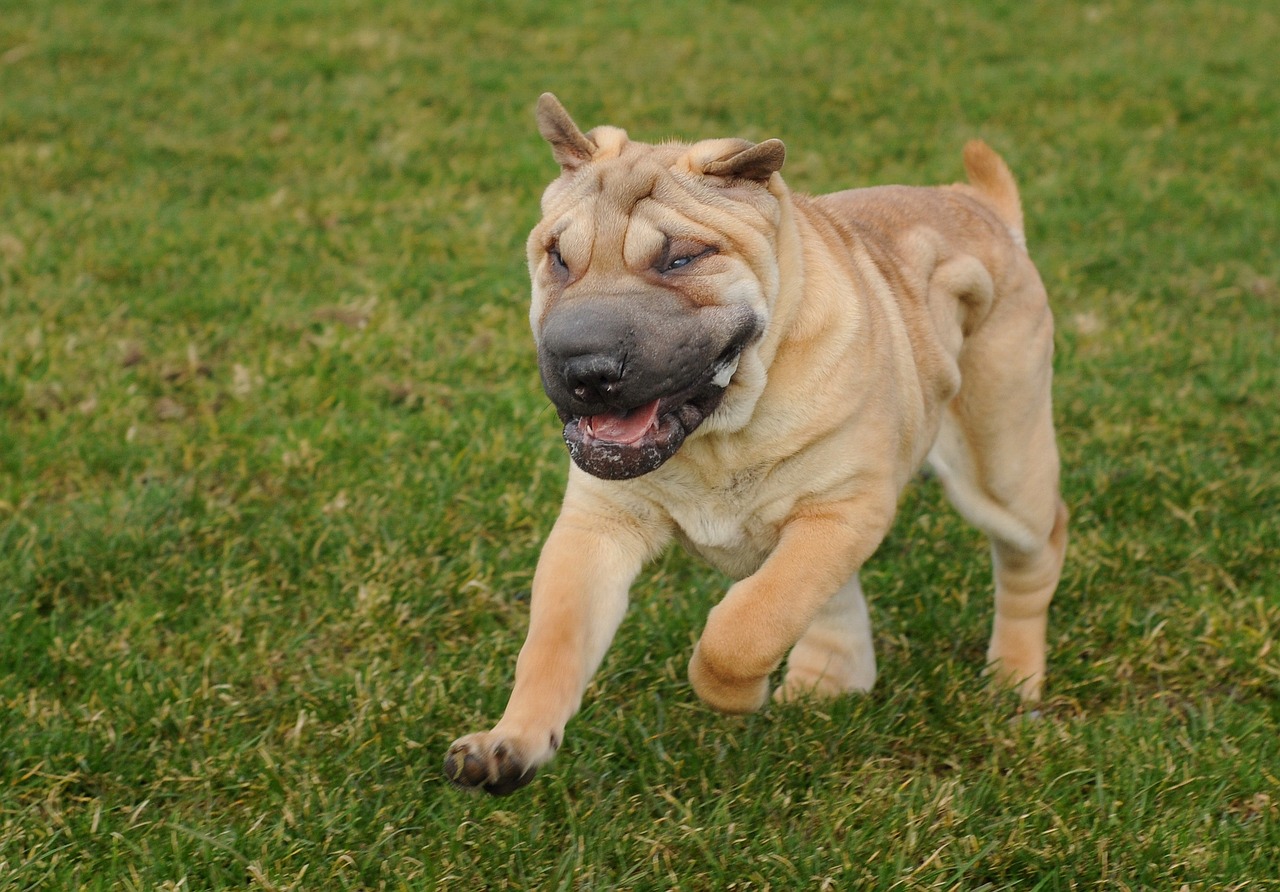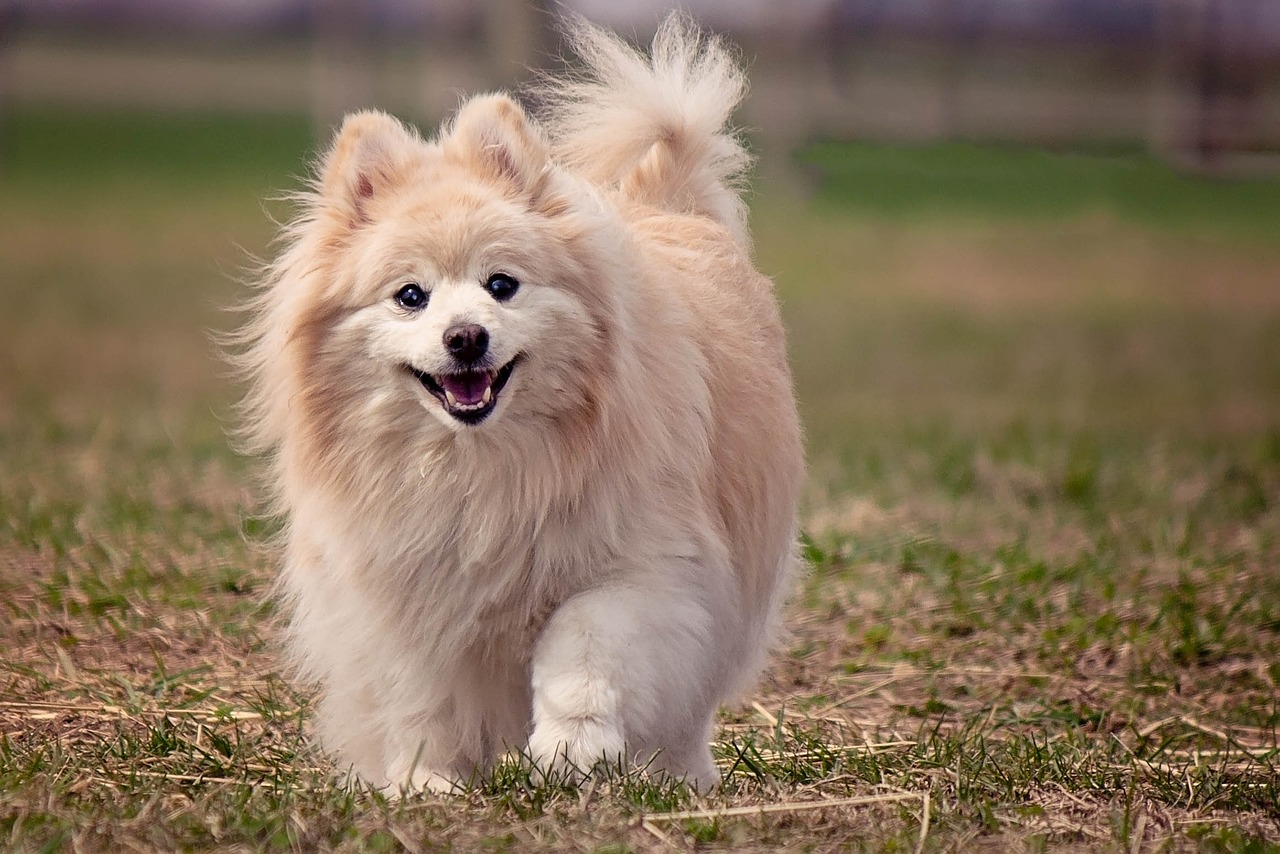The world of dog breeds is filled with fascinating traits and characteristics, but one of the most intriguing and unique features can be found in their tongues. Some breeds have tongues that stand out due to their color, length, or other distinctive qualities. These unique tongues can serve as charming quirks or even functional advantages, adding to the breed’s overall allure. In this article, we will explore five dog breeds with the most unique tongues, highlighting what makes each breed’s tongue special and how it contributes to their character and charm.
5. Chow Chow
Chow Chows are instantly recognizable due to their lion-like mane and distinctive blue-black tongues. This ancient breed, originating from China, is one of the few dogs known for having a tongue that is not pink. The blue-black tongue of a Chow Chow is a hallmark of the breed, setting it apart from most other dogs. This unique tongue color is due to the presence of pigment cells called melanin. Historically, Chow Chows were used as guard dogs, hunters, and even cart pullers. Their unique tongues are not only an aesthetic feature but also a topic of fascination among dog enthusiasts. The Chow Chow’s tongue, combined with its dignified and aloof nature, makes it a truly unique breed.

4. Shar Pei
Another breed with a distinctive blue-black tongue is the Chinese Shar Pei. Known for their wrinkled skin and hippo-like face, Shar Peis are fascinating dogs with a rich history. Like the Chow Chow, the blue-black tongue of the Shar Pei is a result of heavy pigmentation. This trait is believed to have been a protective adaptation, making them less prone to infections and injuries while hunting or guarding. The Shar Pei’s unique tongue is just one of many unusual features that make this breed stand out. Their loyal and independent nature, combined with their distinctive appearance and tongue, makes Shar Peis a breed like no other.

3. Pomeranian
Pomeranians, though small in size, have tongues that can often seem larger than life. These tiny dogs are known for their fluffy coats and vibrant personalities. What makes some Pomeranians particularly unique is the occasional appearance of a tongue that sticks out of their mouths, known as “blepping.” This can occur due to the small size of their jaws and teeth, which sometimes results in their tongues not fitting entirely within their mouths. This endearing trait adds to the Pomeranian’s charm, making them even more adorable. Despite their small stature, Pomeranians have big personalities and their unique tongues only add to their appeal.

2. Xoloitzcuintli
The Xoloitzcuintli, also known as the Mexican Hairless Dog, is one of the oldest and rarest dog breeds. This breed stands out not only for its lack of fur but also for its often long and slender tongue. The Xolo’s tongue can be quite pronounced, sometimes sticking out slightly, which adds to its exotic and ancient appearance. This breed was considered sacred by the Aztecs, who believed the dogs had healing powers and could guide souls to the underworld. The Xoloitzcuintli’s unique tongue and overall appearance make it a fascinating breed that carries a sense of mystique and history.

1. Thai Ridgeback
Topping the list is the Thai Ridgeback, a lesser-known breed with a remarkably unique tongue. Similar to the Chow Chow and Shar Pei, Thai Ridgebacks can also have blue or black tongues. However, what sets them apart is the frequent occurrence of spotted tongues, which can feature a mix of colors and patterns. This rare trait is believed to be a genetic marker unique to the breed. Thai Ridgebacks are known for their distinctive ridge of hair along their back, which grows in the opposite direction of the rest of their coat. Their unique tongues, combined with their sleek appearance and athletic build, make them a truly exceptional breed. Thai Ridgebacks are also known for their loyalty and intelligence, making them both unique in appearance and temperament.

Each of these dog breeds showcases unique tongues that contribute to their distinct identities and charm. From the blue-black tongues of the Chow Chow and Shar Pei to the endearing “blepping” of the Pomeranian, these breeds demonstrate the fascinating diversity within the canine world. The ancient Xoloitzcuintli and the striking Thai Ridgeback further highlight how unique traits can be deeply rooted in a breed’s history and genetics. These remarkable tongues not only add to the visual appeal of these breeds but also reflect their unique heritage and characteristics, making them stand out in the world of dogs.
 Toledo, United States.
Toledo, United States.